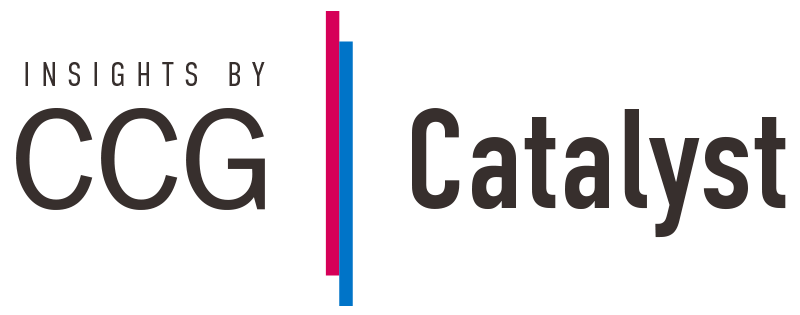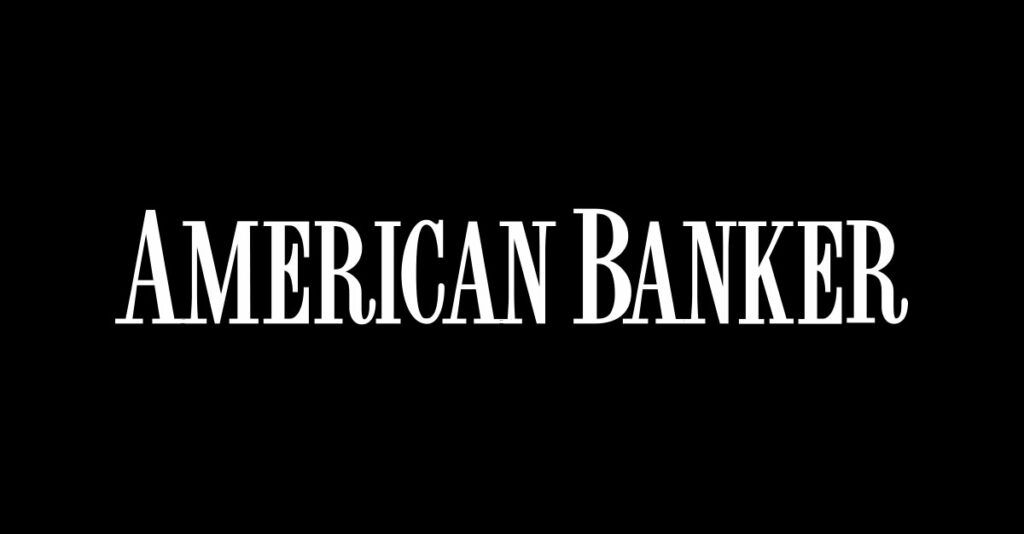Neobanks Might Destroy Traditional Banks — Or Launch Their Next Wave Of Growth
The traditional bank lending process has historically been the only option for small business borrowers. Without much competition, slow and methodical lending processes were simply the way things are done. Customers saw getting a small business loan as a necessary evil: a slow, time-consuming and inconvenient experience.
Banks had reasons to dislike small business lending, too. With paper-based applications and manual processes, smaller-value business loans cost as much to underwrite as bigger-value loans. Why underwrite unprofitable loans?
Jumping in to solve this problem is a new crop of neobanks — or challenger banks. Neobanks like Seed, Moven, Chime, Varo Money and Simple joined alternative lenders and earlier fintech startups to fix many weaknesses of traditional banking. Largely a consumer banking phenomenon (for now), neobanks share a few characteristics:
• A fast, simple, digital-first customer experience that eliminates the branch office entirely
• Low cost structure minimizing fees consumers notice (and hate), like overdraft and monthly fees. In exchange, neobank customers generally don’t earn interest on their deposits.
• Budgeting and saving tools built into the account, which consumers can use to automate better financial habits
Neobanks appeal most to younger, lower-income millennials learning to budget and save. For now, these consumers are fine with neobanks’ limited account types — most offer only checking or savings accounts, with no lending or other bank services. As the gig economy keeps growing, however, neobanks are expanding their offerings to address small business needs, too.
Keep reading on Forbes.
For more articles like, “Neobanks Might Destroy Traditional Banks — Or Launch Their Next Wave Of Growth,” subscribe to CCG Insights.







